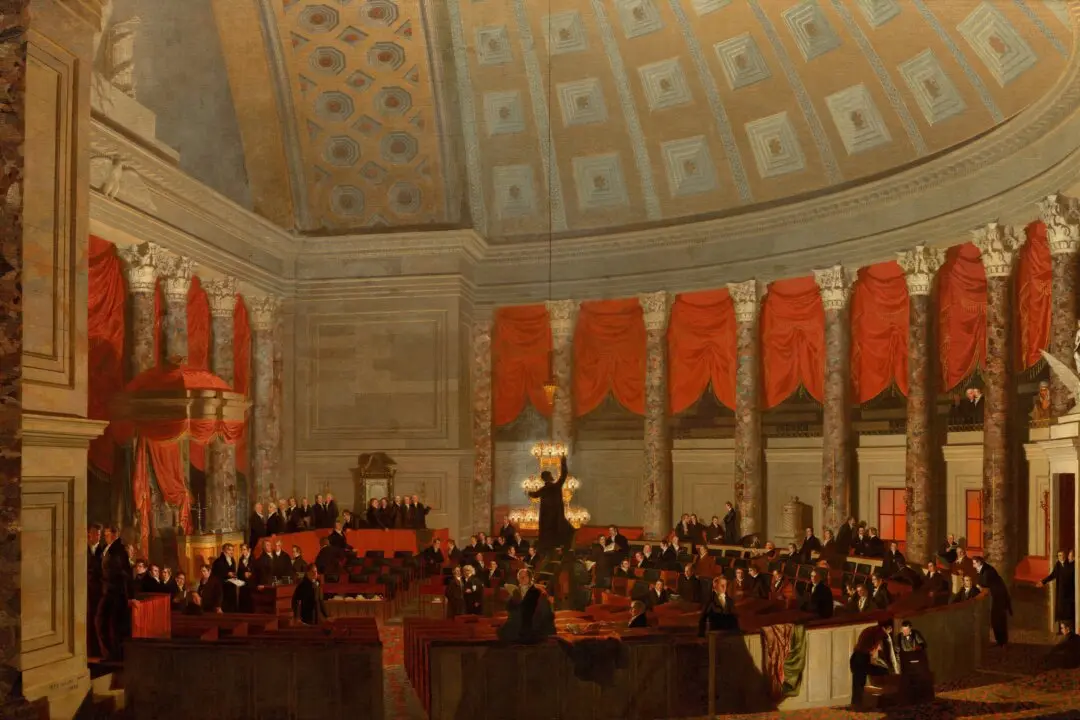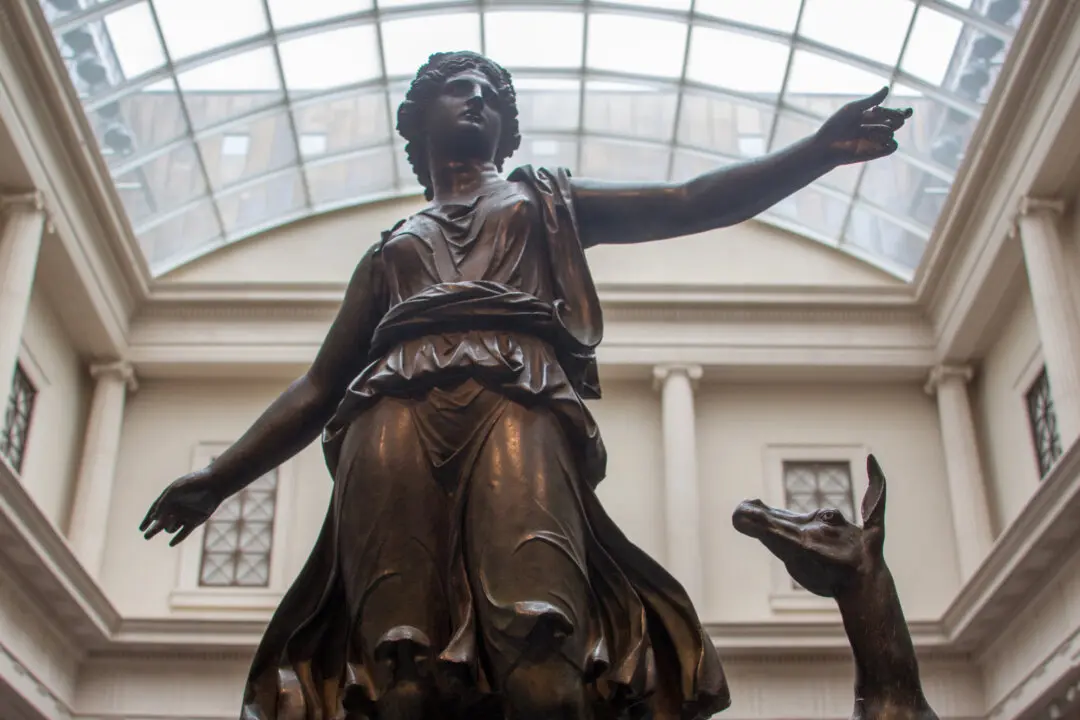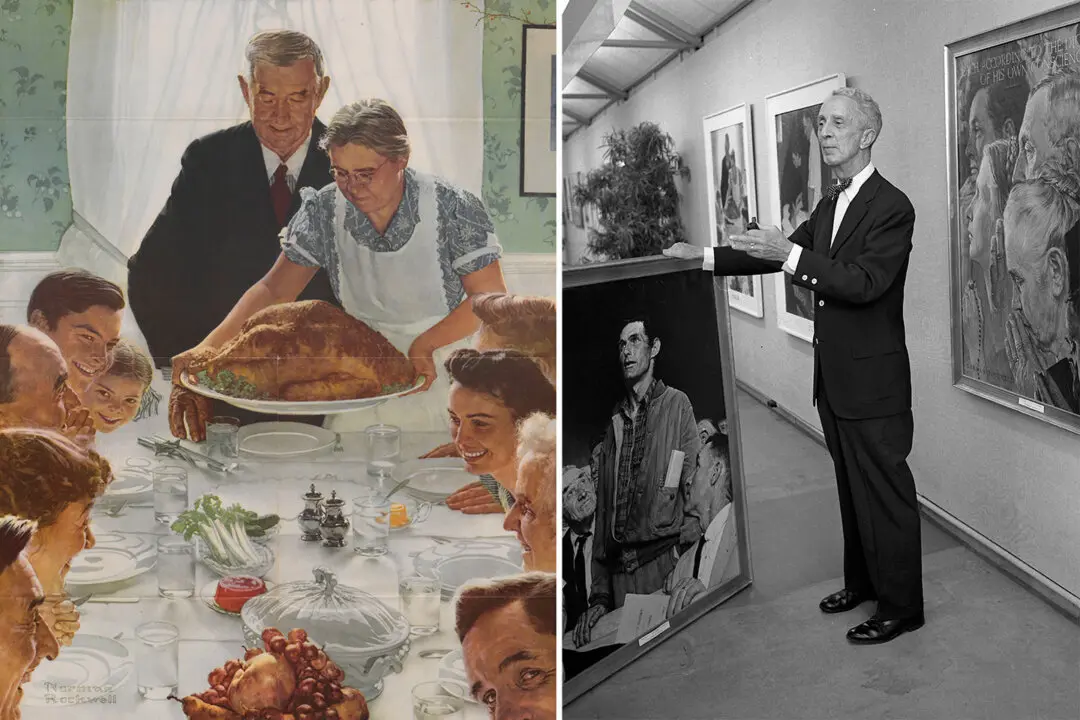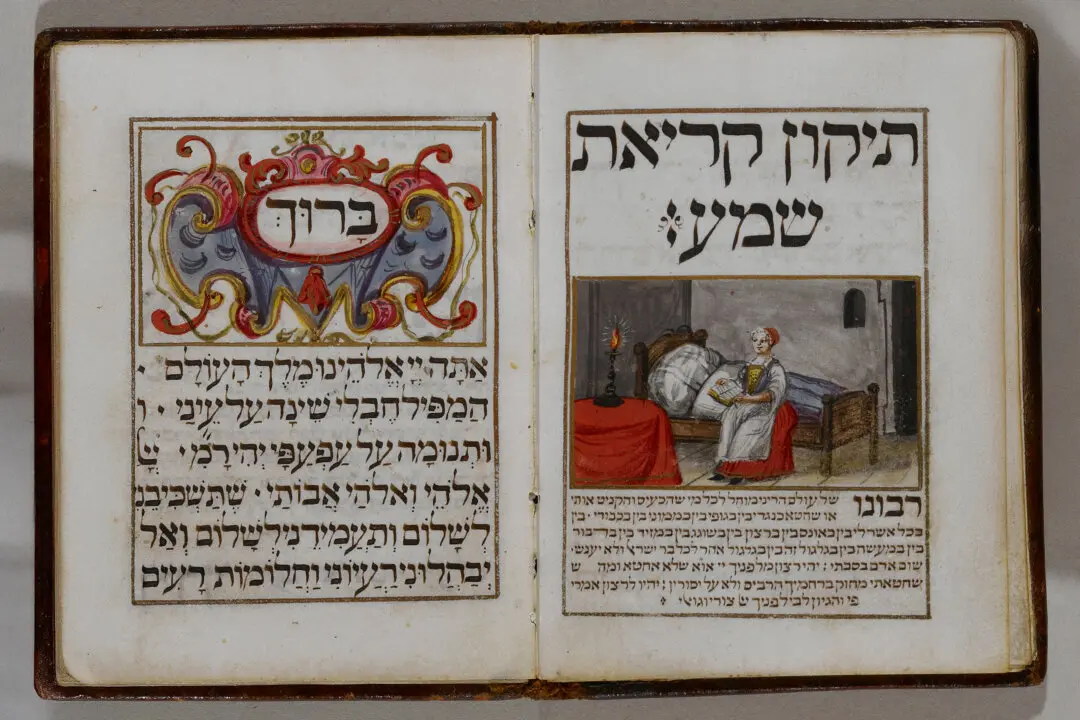Since ancient Rome, stained glass windows have been valued for their beauty. With the creation of sacred windows in houses of worship, this art form reached its peak during the Middle Ages, inspiring the faithful with luminous narratives. As the centuries progressed, stained glass became a fixture in private homes, was later revived, and eventually entered museum collections worldwide.
To make stained glass, sand and wood ash are first mixed and melted into a liquid that, when cooled, becomes glass. To create glass with color, specific powdered metals are added to the mixture while it is in a molten state. For the creation of a stained glass panel, pieces of colored glass are placed over a design drawn on a board. Further assembly requires that the edges of the glass be fitted into cames (strips of lead) and then soldered together to fortify the window.





